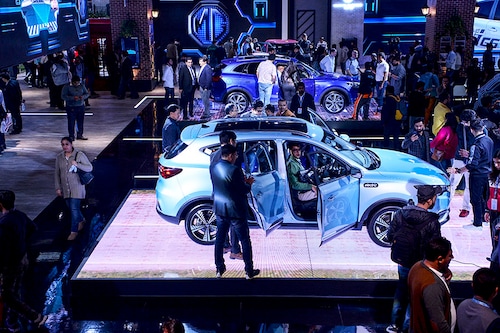Electric vehicles: Only commitment, and no real deal
The FM promised to support the EV ecosystem without much details on how the government intended to do it


On paper, there perhaps wasn’t much to show, except a sense of firm commitment from the Indian government.
Presenting her last budget before India goes into polls this year, Finance Minister Nirmala Sitharaman said the Narendra Modi government will continue to help the EV ecosystem by supporting manufacturing and charging infrastructure, without giving details on how it intended to do that.
"Our government will expand and strengthen the e-vehicle ecosystem by supporting manufacturing and charging infrastructure," she said. “Greater adoption of e-buses for public transport networks will be encouraged through payment security mechanism."
Surprisingly, amidst all the anticipation, the budget did not include an extension of the Faster Adoption and Manufacturing of Hybrid and Electric Vehicles (FAME) scheme. FAME India, launched in 2015, which has been operational for eight years and is in its second phase now, has a total budgetary support of Rs 10,000 crore and has been crucial to pushing electric vehicle adoption in India.
Under the scheme, incentives are provided to buyers of EVs through an upfront reduction in the purchase price and mainly focuses on supporting the electrification of public and shared transportation. The scheme covers 7,090 buses, 5 lakh e-3 wheelers, 55,000 e-4 wheeler passenger cars, and 10 lakh e-2 wheelers in addition to creating charging infrastructure.
“Timely rollout of new subsidy scheme remains key in accelerating electrification transition," says Shamsher Dewan, senior vice president & group head—corporate ratings, ICRA Limited. “In addition, the government"s efforts to address payment security for electric bus fleet operators will support faster deployment of electric buses."
In all, of the 24 million vehicles sold in the country, over 1.53 million are EVs, a phenomenal growth considering that just about 130,000 were sold five years ago. In the four-wheeler segment, from a market penetration of 0.05 percent in 2018, selling a little over 1,500 vehicles, the penetration has risen to 2.13 percent, totalling sales of over 80,000 four-wheelers a year.
First Published: Feb 01, 2024, 16:49
Subscribe Now